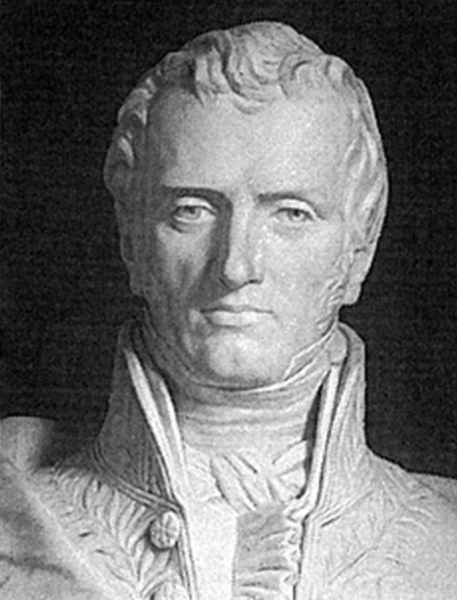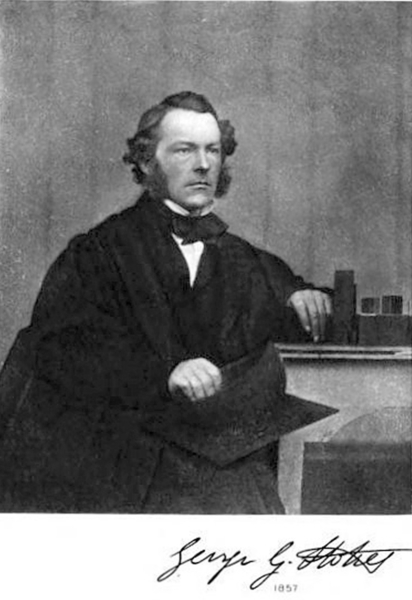The Navier Stokes Equations
Today, the Navier Stokes equations. The University of Houston presents this series about the machines that make our civilization run, and the people whose ingenuity created them.
______________________
Computer graphics in movies today are often stunning in their realism. And among the most impressive are the animations of swirling water and billowing smoke. It is hard to imagine how something as complex as a cascading waterfall or the crest of a wave in a storm can be captured by a computer program.
Yet, amazingly, these computer simulations are often based on solving equations that can be written in a couple of lines. These are the Navier-Stokes equations that describe the motion of fluids. The equations take their names from French engineer Claude-Louis Navier who first derived them about 200 years ago, and the British mathematical physicist George Stokes who presented the equations in a refined form. These compact equations are today understandable to students in a calculus class. The equations describe how pressure, friction, and other forces make fluids flow under different conditions.

Yet, the Navier-Stokes equations also harbor incredible complexity. They describe vortices and waterfalls, ocean currents, clouds and smoke rings. They are used to design cars, airplanes, and submarines. Even models used to forecast the paths of hurricanes are based on the Navier-Stokes equations. So the next time you see one of those cone-shaped hurricane forecasts, you will know what is under the hood.
Although these equations are simple, they are not easy to solve. In most cases solutions don’t have a form that we can write down. Here, we can’t simply solve for x. Instead, we need powerful computers to find approximate solutions. Obtaining these approximate computer solution requires mathematical ideas that took over 60 years to develop, and are still being studied and refined by mathematicians today.
Despite all this work, we still don’t fully understand the Navier-Stokes equations. For example, we don’t even know if they always have nice solutions, or if they allow for solutions that blow up to infinity. Resolving this question is one of the seven Millenium prizes in mathematics – whoever solves it will win a million dollars. But even solutions that are well behaved by mathematical standards can describe turbulent flows. And turbulence is something physicists are still struggling to understand. Turbulence is tricky because it occurs across different scales. It is like having a tiny vortex inside a kitchen sink swirl inside a massive tornado.

Most people have not heard of the Navier-Stokes equations. They are not as well known as E = mc^2, or Newton’s Laws. But they describe reality with incredible accuracy. They’re also used to create the breathtaking simulated worlds that you see in movies and games. And they illustrate the tension between elegant simplicity and unfathomable complexity common in mathematics: Equations that can be written in mere lines can contain universes of phenomena we still fail to fully comprehend.
This is Krešo Josić at the University of Houston where we are interested in the way inventive minds work.
(Theme music)
This episode was first aired on May 15, 2025.